
Regulation of tulip flowering by temperature ($)
0 Comments
/
Cultivation of Tulipa gesneriana (tulip), an economically important species due to its ornamental value, can be affected by warming winters, leading to low quality flowers produced out of season. Leeggangers et al. have sequenced RNA and used top-down and bottom-up approaches in tulips grown in two contrasting…
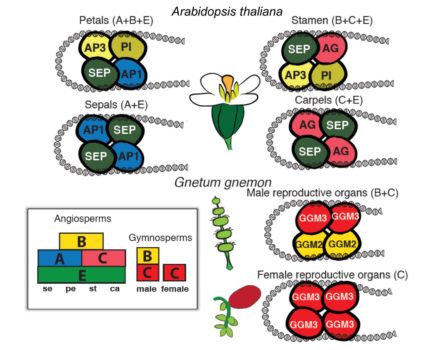
The origin of floral identity quartets
Where do flowers come from? Their sudden appearance and rapid radiation was described as an “abominable mystery” by Charles Darwin. Ruelens et al. examine the genetic toolkit that underpins reproductive organ formation in gymnosperms to uncover the origins of flowers (which they pragmatically describe…
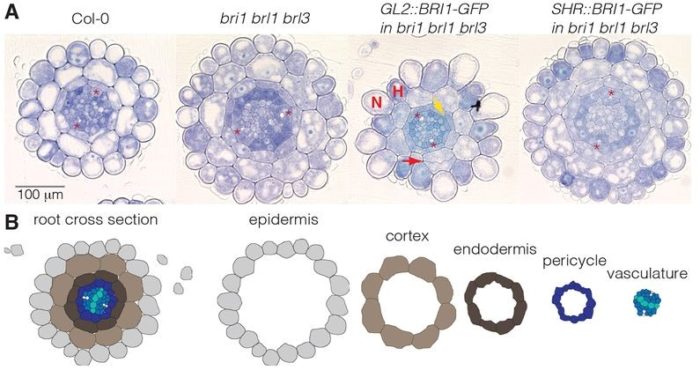
Brassinosteroid signaling directs formative cell divisions and protophloem differentiation in Arabidopsis root meristems
It’s been 20 years since the identification of BRI1, the first brassinosteroid (BR) receptor. Although many components of the BR signaling pathways have been identified, details continue to be revealed. Kang et al. examined the phenotype of a triple mutant, bri1 brl1 brl3, that lacks all three functional…
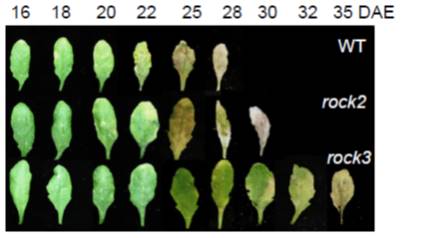
Gain-of-function variants of cytokinin receptors ($)
Arabidopsis has three membrane-located, histidine-kinase cytokinin (CK) receptors (AHK2, 3, and 4). Loss-of-function mutants suggest that AHK2 and AHK3 function somewhat redundantly. To further explore the roles of these receptors, Bartrina and Jensen et al. isolated dominant gain-of-function mutants,…
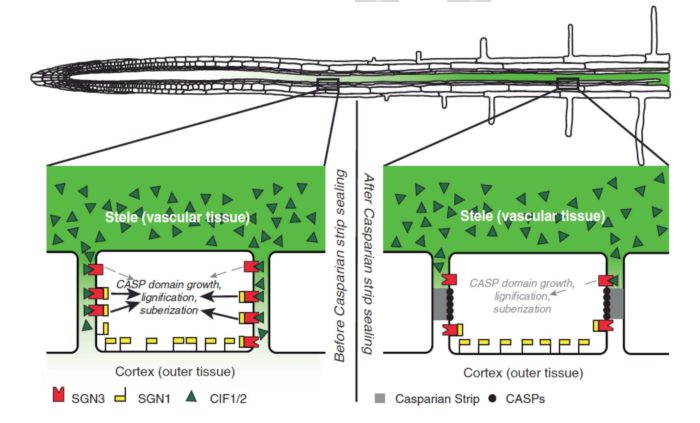
Peptide diffusion as a signal for Casparian strip diffusion barrier formation ($)
The Casparian strip is a permeability barrier that seals the spaces between root endodermis cells and so prevents bulk-flow uptake of solutes. Previously, a leucine-rich repeat receptor kinase called SCHENGEN3 or GASSHO1 (GSO1/SGN3) was identified as necessary for normal Casparian strip formation. Now,…

Review: Dark signaling in plants ($)
Plants use light as a source of energy and information; however, they are also sensitive and respond to light/dark diurnal cycling, with many processes happening during the dark phase of the diurnal cycle. In this review, Seluzicki et al. emphasize the importance of studying and understanding what…
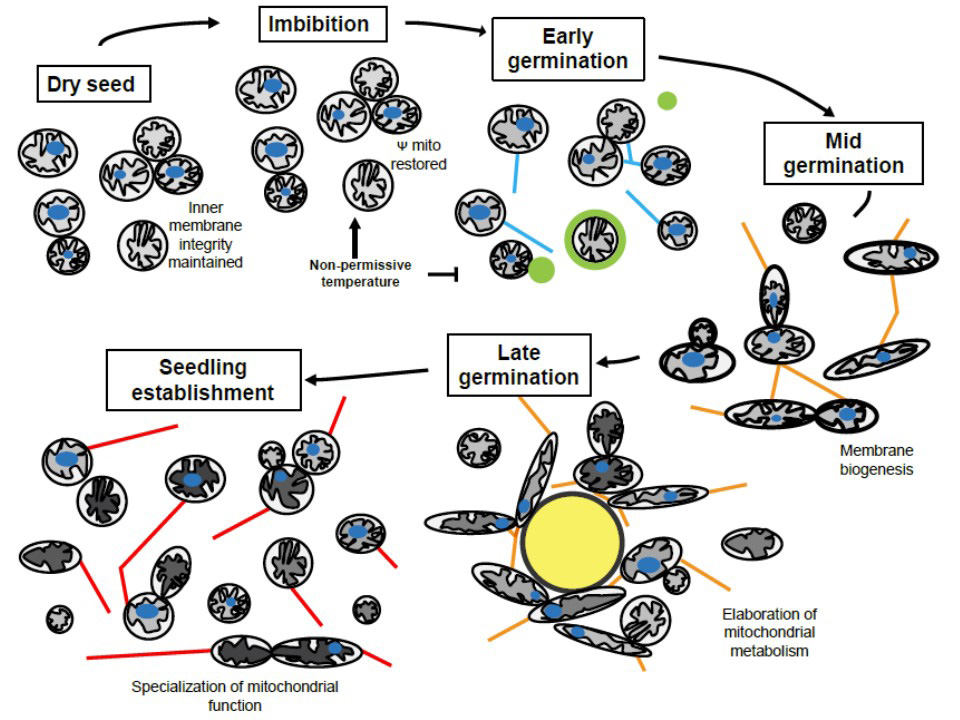
Mitochondrial dynamics during germination
A seed undergoes a dramatic transformation from dried tissues into a mature plant. This change requires energy produced by oxidative metabolism, but dry seeds contain dormant promitochondria that need to be reactivated. Paszkiewicz et al. use bioimaging tools for an in vivo analysis of seed mitochondria…
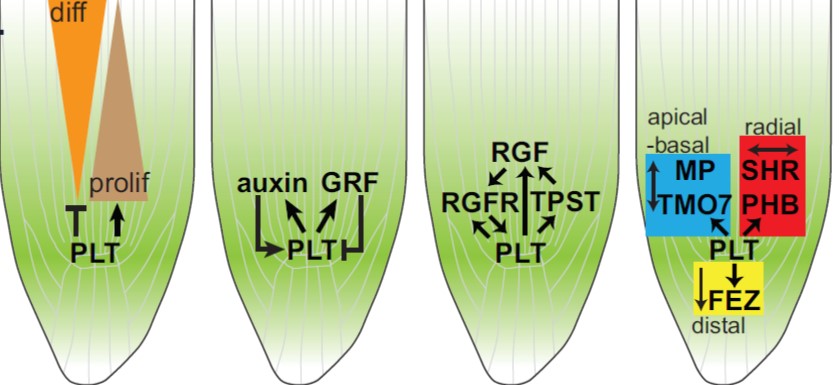
The PLETHORA Gene Regulatory Network Guides Growth and Cell Differentiation in Arabidopsis Roots
Due to plant cells’ shared walls and immobility, cell division, differentiation and expansion must be tightly regulated across space and time. The six members of the PLETHORA (PLT) transcription factor family distribute in gradients through the root tip and are largely responsible for its developmental…

Homeodomain protein underpins leaf shape variation in cotton ($)
Homeodomain transcription factors are well-known as regulators of developmental patterning, including in leaves. Andres et al. examine the molecular basis behind leaf shape in cotton, particularly the Okra locus that was identified by breeders as a regulator of leaf shape. They show that the Okra locus…

